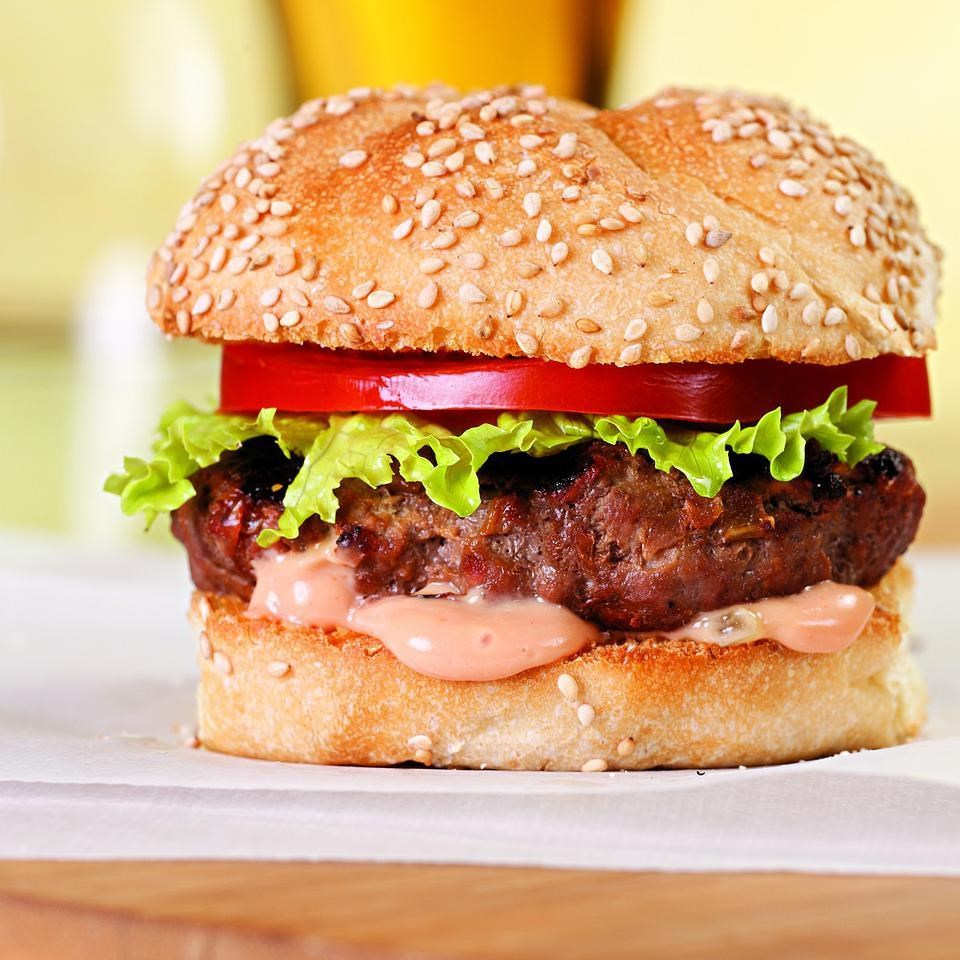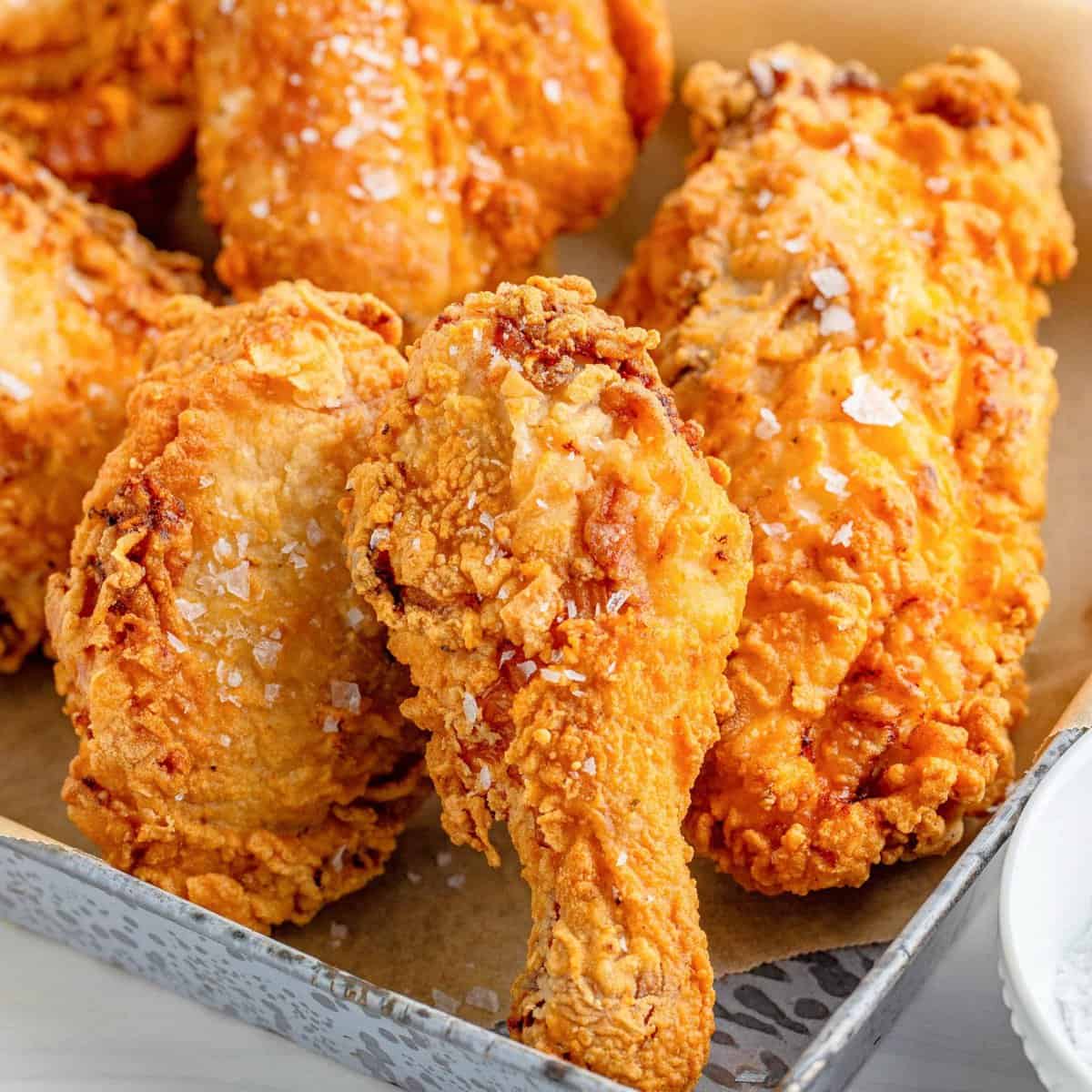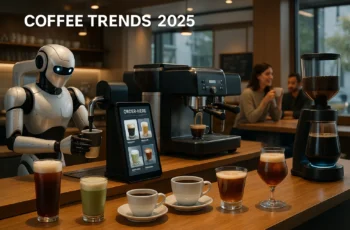![]()
The Hamburger: An American Icon, A Global Obsession
It begins with a sizzle. The sound of a seasoned patty hitting a hot griddle is a universal call to attention, a culinary overture that promises something deeply satisfying. The aroma that follows—a rich, beefy perfume mingling with the sweet scent of a toasting bun—is a scent woven into the fabric of cultures worldwide. This is the ritual of the hamburger, a dish so deceptively simple yet so culturally profound that it has transcended its humble origins to become a global icon of comfort, convenience, and culinary creativity. More than just a sandwich, the hamburger is a story of immigration, industrialization, and innovation—a canvas upon which we have painted our culinary desires for over a century.
The Murky Origins of a Legend
Pinpointing the exact moment the first hamburger was served is a historian’s puzzle, a culinary whodunit with multiple claimants and competing timelines. The story, however, begins not in America, but in the port city of Hamburg, Germany. In the 19th century, German sailors brought back the Russian tradition of eating raw, shredded beef, known as steak tartare. In Hamburg, cooks began to form this meat into patties, lightly cooking it and serving what became known as "Hamburg steak." This dish, popular with German immigrants, made its way across the Atlantic, where it was often featured on the menus of German-American restaurants in New York City.
The crucial innovation—placing that cooked Hamburg steak between two slices of bread—is where the legend becomes contested. Several American towns and families lay claim to the invention. In Seymour, Wisconsin, "Hamburger Charlie" Nagreen is said to have flattened a meatball and placed it between bread slices at the 1885 Seymour Fair to make it easier for fairgoers to eat while walking. In Hamburg, New York, brothers Frank and Charles Menches claim to have run out of pork for their sausage sandwiches at the 1885 Erie County Fair, substituting ground beef and christening the creation after the town. Meanwhile, in Athens, Texas, Fletcher "Old Dave" Davis is credited by his family with creating the sandwich in the 1880s and popularizing it at the 1904 St. Louis World’s Fair. Perhaps the most well-documented early purveyor is Louis’ Lunch in New Haven, Connecticut, which has been serving steak sandwiches on toast since 1895, cooked in original vertical broilers.
While a single inventor may never be crowned, the 1904 World’s Fair undoubtedly acted as the hamburger’s national coming-out party, introducing the portable, delicious sandwich to a massive American audience. The seed was planted, but it would take a visionary revolution in business to make it grow into an empire.
The Rise of the Fast-Food Empire
For its first few decades, the hamburger suffered from an image problem. Ground meat was viewed with suspicion, often associated with slaughterhouse scraps and unsanitary conditions, a perception amplified by Upton Sinclair’s 1906 novel, The Jungle. The man who changed this was Walter Anderson, a cook who, along with entrepreneur Billy Ingram, founded White Castle in Wichita, Kansas, in 1921.
White Castle was a masterclass in marketing and public relations. The buildings themselves were pristine white fortresses, exuding an aura of cleanliness. The kitchens were open and visible, showcasing spotless stainless steel and uniformed employees meticulously grinding fresh beef. They pioneered the small, square patty, cooked on a bed of onions, which would become known as the "slider." By emphasizing hygiene and consistency, White Castle not only made the hamburger respectable but also created the blueprint for the American fast-food chain.
The post-World War II boom accelerated the hamburger’s ascent. A newly affluent America fell in love with the automobile, leading to the rise of suburbs and the drive-in restaurant. This car-centric culture was the perfect environment for the hamburger’s next evolution. In 1948, Richard and Maurice McDonald streamlined their San Bernardino drive-in, implementing the "Speedee Service System." They stripped their menu down to its most profitable items—hamburgers, cheeseburgers, fries, and shakes—and turned their kitchen into an assembly line. This focus on efficiency, low prices, and consistency was the magic formula. When a milkshake-machine salesman named Ray Kroc partnered with the brothers and eventually bought them out, he franchised their model with a fanatical devotion to uniformity, turning McDonald’s into a global behemoth and cementing the hamburger as the cornerstone of the fast-food industry. The subsequent "Burger Wars" with rivals like Burger King, with its flame-broiled "Whopper," and Wendy’s, with its "fresh, never frozen" square patties, only further embedded the hamburger into the American consciousness.
The Anatomy of a Perfect Burger
Beyond its industrial might, the hamburger’s enduring appeal lies in its culinary perfection and near-infinite customizability. At its core, a great burger is a symphony of textures and flavors, where each component plays a vital role.
- The Patty: This is the soul of the burger. The gold standard is ground chuck with an 80/20 lean-to-fat ratio, providing the perfect balance of rich flavor and juiciness. The cooking method is a matter of fierce debate. Griddling the patty, especially in the "smash burger" style, creates a wide, brown crust through the Maillard reaction, maximizing savory flavor. Grilling over an open flame, on the other hand, imparts a smoky char that many crave.
- The Bun: The unsung hero, the bun’s job is to be the perfect vessel. It must be soft enough to yield to a bite but sturdy enough to contain the juicy patty and its toppings without disintegrating. The classic sesame seed bun offers a gentle nuttiness, while the rich, eggy brioche has become the darling of the gourmet scene. The humble potato roll, soft and slightly sweet, is another favorite for its pillowy texture.
- The Cheese: The perfect partner, cheese adds a layer of creamy, salty fat that complements the beef. American cheese, engineered for its unparalleled meltability, remains the undisputed king of the classic cheeseburger. However, sharp cheddar, nutty Swiss, smoky provolone, and pungent blue cheese all offer distinct and delicious experiences.
- The Toppings: Here lies the burger’s true genius—its role as a blank canvas. The classic "LTO" (lettuce, tomato, onion) provides a trifecta of freshness, acidity, and bite. Pickles add a briny crunch, while sauces like ketchup, mustard, and mayonnaise provide moisture and tang. From there, the possibilities are endless: crispy bacon, creamy avocado, a runny fried egg, fiery jalapeños, caramelized onions, or sautéed mushrooms.
A Global Canvas and a Gourmet Revolution
As the hamburger spread across the globe, it adapted, taking on the flavors of its new homes. In Australia, "The Lot" includes beetroot, pineapple, and a fried egg. In Japan, you’ll find burgers glazed with sweet teriyaki sauce or served between compressed rice cakes. In India, where beef consumption is limited, McDonald’s found massive success with the McAloo Tikki, a spiced potato-and-pea patty.
Simultaneously, a gourmet burger revolution was taking place back in the West. Chefs began to deconstruct and elevate the humble sandwich, transforming it from fast food to fine dining. In 2001, Chef Daniel Boulud famously introduced his DB Burger, a sirloin patty stuffed with braised short ribs, foie gras, and black truffle, served on a parmesan bun. This sparked a movement. Suddenly, menus were boasting burgers made from Wagyu or dry-aged beef, topped with artisanal cheeses, truffle aioli, and house-made pickles, all served on freshly baked brioche. The "better burger" chains, like Shake Shack and Five Guys, bridged the gap, offering higher-quality ingredients than traditional fast food but in a quick-service format.
The Future of the Burger
Today, the hamburger stands at another crossroads, facing challenges of sustainability and changing dietary habits. The environmental impact of beef production has spurred a new wave of innovation. Plant-based burgers from companies like Impossible Foods and Beyond Meat have achieved remarkable success by using food science to mimic the taste, texture, and even the "bleeding" of a real beef patty. These are not the dry, crumbly veggie burgers of the past; they are designed to satisfy even die-hard carnivores. Looking further ahead, lab-grown or "cultured" meat, produced from animal cells without the need to raise and slaughter animals, promises to offer an even more sustainable path forward.
From a German sailor’s meal to a fairground novelty, from a fast-food titan to a gourmet delicacy, the hamburger’s journey is a reflection of our own. It is a symbol of American ingenuity and a testament to the power of a simple, good idea. It is at once a source of comforting nostalgia and a platform for culinary artistry. Whether grabbed from a drive-thru window or savored in a high-end bistro, the hamburger remains what it has always been: a perfect, handheld meal that brings people together, one delicious, satisfying bite at a time.

The Hamburger: An American Icon, A Global Obsession pictures collections gallery
The Hamburger: An American Icon, A Global Obsession is a nice pictures and stock photo for your computer desktop or your smartphone device (ipad, tablet, blackberry, iphone, and other device) and also for your personal use. Free available for desktop wallpaper or additional image collections for your all needs. And was uploaded by at date July 4, 2025. You can download it in your computer by clicking download button to save image... have nice day and have fun guys..
This 1 image in featured post from 0 Photos/images Gallery and awesome picture selections about The Hamburger: An American Icon, A Global Obsession is available to download. "Download & Save" images/pictures/wallpapers now and this Is one of the post that listed in packed to Category is Foods directory, with image dimension/resolution size is 1200 × 996 px and size image/picture file is 122 KB with original link post ID is : https://powae.pw/the-hamburger-an-american-icon-a-global-obsession/. Get download/save images in post and gallery, "download" images or "preview" it on a bigger image for spesification sample in Large size (full attachment size) here : [Download & View to Large size]. Just Simple way, in thumbnail or in Gallery. *Click images to view Large Size.We collect this wonderful image from online and choose one of the best for you. Pictures collection that posted here was carefully chosen and published by author after choosing the ones which are best among the others. So, ultimately we make it and here these list of best image for your inspiration and informational reason regarding the The Hamburger: An American Icon, A Global Obsession as part of blogsite exclusive updates collection. So, take your time and find the best informations and pictures posted here that suitable with your needs and use it for your own collection and personal use. About Image information: Image has been submitted and You are able to give your opinion as evaluations to our web site value.
Don't forget to comment if you interest with this images, you can share this post to social media like as facebook, twitter, google+, pinterest, stumbleupon, and more. just click social media buttons for share this post The Hamburger: An American Icon, A Global Obsession Now. :)
Thanks for your visit, I hope you happy come to opo wae, wis opo wae, and get what you're looking for. And hope sometimes you will come back again here. All you need to do is help us develop by discussing this The Hamburger: An American Icon, A Global Obsession if you like it "leave your comment". have fun, Thank you.




